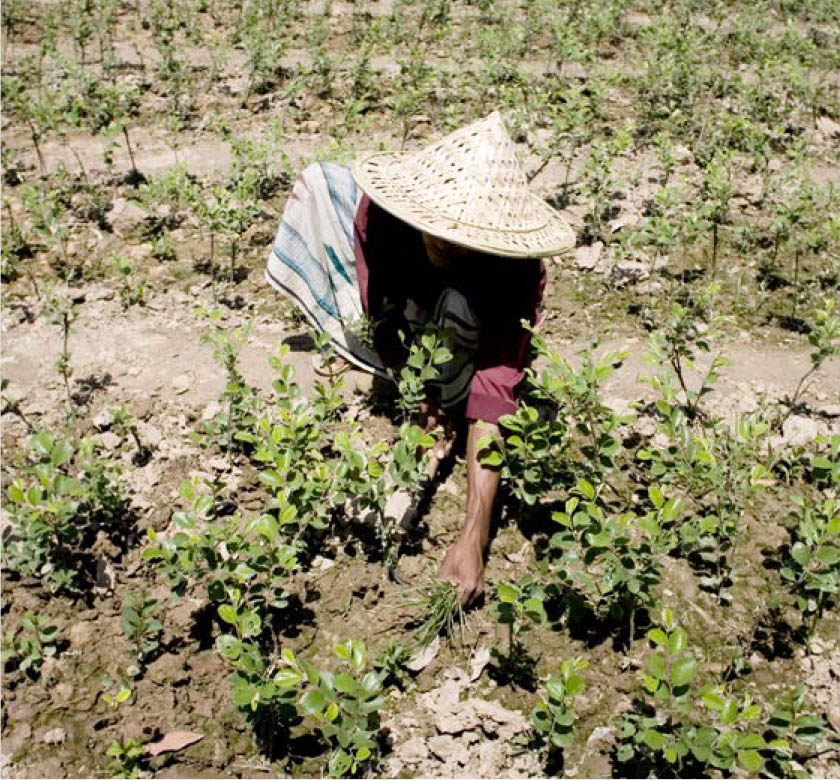2 Socio-economic drivers of demand for land and water
2.1 Socio-economic transitions and the global food system
The principal socio-economic variables driving demand for land and water resources are population growth, urbanization and economic growth. These all influence the climate. They drive demand for agricultural production in broadly predictable directions. However, geopolitical instability, conflicts and migration can lead to widespread poverty and food insecurity. After remaining stable for five years, the prevalence of undernourishment increased by 1.5 percentage points in 2020 – reaching a level of around 9.9 percent. In 2020, over 720 million people in the world faced hunger, and nearly one in three people (2.37 billion) did not have access to adequate food. Healthy diets were out of reach for around 3 billion people, especially the poor, in every region of the world in 2019.
The current pressures on limited renewable land, soil and water resources are unprecedented. Higher incomes and urban lifestyles change food demand towards more resource-intensive consumption of animal proteins, fruits and vegetables. The global population is expected to grow from 7.7 billion in 2019 to 9.7 billion by 2050 (26 percent). The fastest growth is in the poorest regions, including sub-Saharan Africa where the population will double by 2050, thus creating immense challenges to achieving SDGs, in particular, SDG 1 (no poverty), SDG 2 (zero hunger), SDG 6 (clean water and sanitation) and SDG 15 (life on land).
Globally, 80 percent of the extreme poor live in rural areas; most live in the developing world, and their livelihoods are disproportionally dependent on agriculture. This sector is key to reducing poverty and achieving SDGs, but it is highly exposed to current and future climate risks. Responding to these risks has become an essential part of improving resilience strategies.

Uncontrolled urbanization and forced migration threaten sustainable resources management. By 2050, two out of three people will be living in towns and cities, with most growth in the less-developed regions of Africa and Asia. Urban dwellers consume 80 percent of all food produced. Processed foods can dominate urban diets and result in serious and widespread health consequences including malnutrition, obesity and micronutrient deficiencies.

